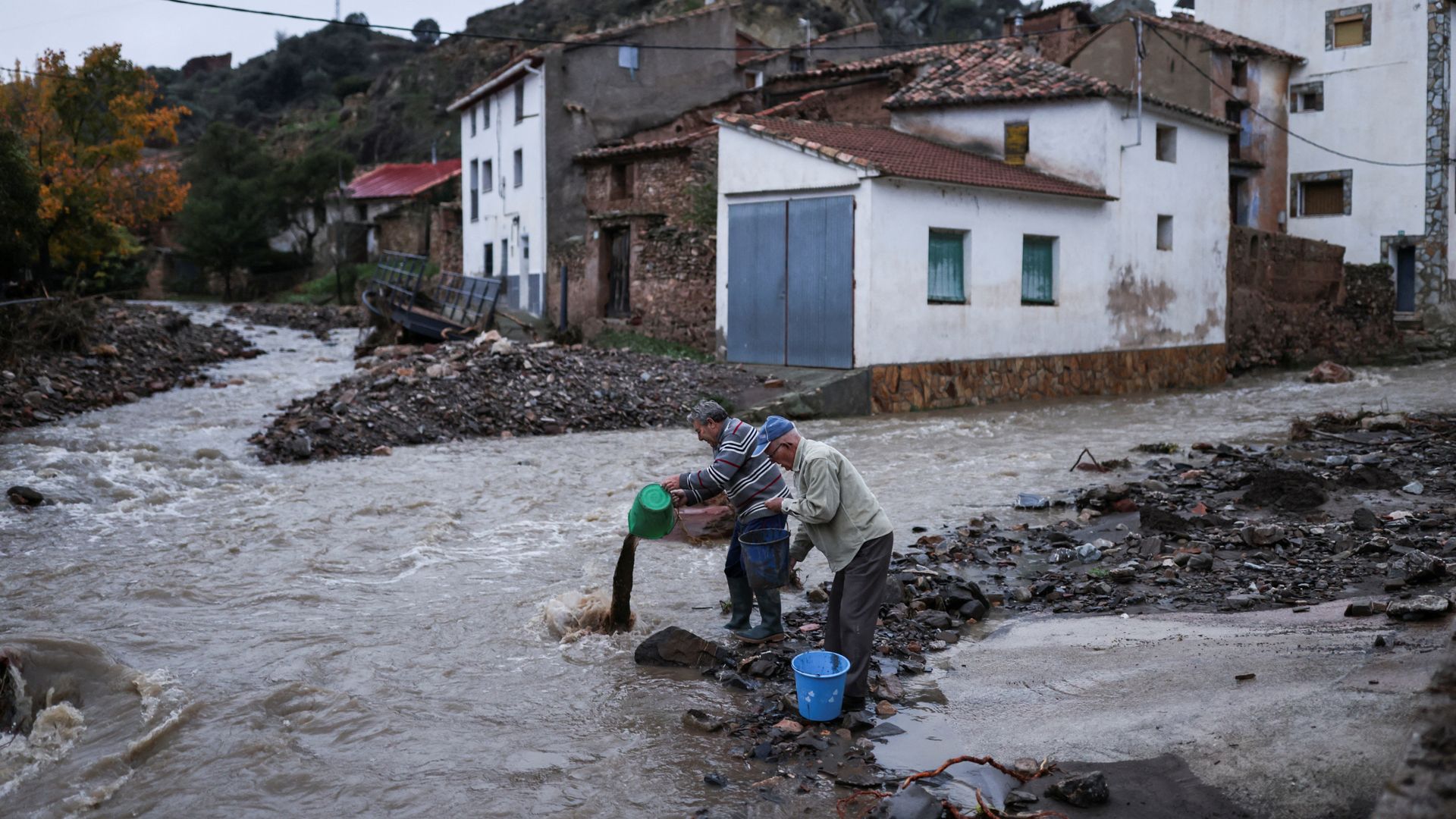
Nanocellulose is a malleable material. In a mixture that is 97 percentwater, nanocellulose looks like yogurt or paste. When freeze-dried, it has the consistency of Styrofoam. Fully dried, it’s like a plastic tile.
The University of Maine is on the cutting edge of developing and using nanocellulose for scientific applications at the Process Development Center. Now, thanks to a partnership with Intermedia Programs, UMaine is forging a new frontier of using nanocellulose in art.
Graduate students in Intermedia Programs have partnered with the Process Development Center to use nanocellulose as material for art and creative projects. The collaboration not only gives artists a nontoxic and innovative material to experiment with — one that may be used by even more artists in the future — but also may help scientists learn more about this cutting-edge material.
Colleen Walker, director of the Process Development Center, says it all started when artists began calling her lab asking if they could buy nanocellulose. It wasn’t an extraordinary ask; the center regularly distributes samples like this for research purposes. Walker says that because of its production capabilities, the facility is one of the only ones in the world that distributes nanocellulose by the pound (usually at a rate of $75 for a pound’s worth in a 5-gallon bucket).
“There are companies on the commercial side that sell technology so organizations can produce their own material. This, however, is a multimillion dollar investment,” Walker says. “We bridge that gap. We typically make 300 pounds of dry material in a batch, but will be able to produce two to four tons a day with our new system.”
Still, Walker started noticing a pattern of artists asking for nanocellulose. Even the research manager at the Process Development Center, Donna Johnson, had experimented with the material in her own artistic pursuits in jewelry, fabric art and dyes.
Then, one fateful day, in walked Augusta Sparks Farnum, a graduate student in Intermedia Studies, looking for nanocellulose to use in her assignments.
Farnum had been making art for decades before she joined the Intermedia Studies program, but said she had recently felt jaded about the art world, in particular the lack of sustainability of art materials and practices. When she learned about nanocellulose in all its biodegradable, nontoxic glory, she snapped out of that feeling.
“I could make something and if it didn’t work and instead of hauling it around for the rest of my life I could put it back in the forest and it would decompose,” Farnum says. “Coming from the art world, that’s not true of most things. You’re dealing with plastics and chemicals. Nanocellulose is a wonderful gift.”
Instead of simply sending Farnum on her way with her bucket of nanocellulose, Walker started asking questions about using nanocellulose in art — and how the Process Development Center could continue to help the partnership grow.
Soon, the Intermedia department was rustling with talks of this new material. Around the same time, School of Forest Resources professor Aaron Weiskittel had featured nanocellulose in a presentation he made for class in the program.
“I think what really drew us to it was the idea of the history of Maine and its link to forestry,” says Susan Smith, director of Intermedia Programs at UMaine. “We still have this huge potential for a green economy for forest products. The idea of possibility was really what attracted us, as well as the fact that it was a brand new material. Artists naturally want to play with materials and experiment.”
Smith formalized the partnership between the Intermedia Program and the Process Development Center, which donated buckets of nanocellulose to the artists to use. Smith thinks that the Intermedia Program is the perfect place for such experimentation, as its mission is to pursue “research-based art.”
“The focus has really been on moving out of our silos and working collaboratively across campus,” Smith says. “Often the role of art is to visualize science, but that can be reciprocal. We can learn from each other. If we’re going to solve problems we’re going to have to work together. It’s great that people now have been open to those collaborations.”
Smith coordinated a tour of the Process Development Center for Intermedia students in order to learn more about nanocellulose from the scientists who are studying it, like those UMaine researchers who are creating recyclable food containers from the material.
The artists were enthralled — and couldn’t wait to get their hands on some nanocellulose for their own creative projects.
“This provides a possibility for art that is sustainable, but also local,” Smith says. “Our dependence on unsustainable processes must change, and with this research, we are able to support the Process Development Center research, but also think in terms of innovations with our own processes.”
The Process Development Center donated buckets of nanocellulose to the artists, who all had different ideas of what they would use it for. Smith says that she uses it as a nontoxic binder for natural pigment for her printmaking, which is preferable to those that are petroleum-based or made of acrylic polymers. Farnum experiments with cellulose armatures. Using tools of her art practice, she applied paint, as well as silver, gold and aluminum leaf. Furthering the material’s innate luminosity, she has been adding a bi-product of seaweed to the nanocellulose which dries into ethereal shapes that catch the light just-so when hung on the wall.
“If you look at it closely, the nanocellulose looks like skin or bone,” Farnum marvels. “We have this collaborative relationship. Sometimes it says, ‘Oh, you thought I was done drying? Well, I’m not, and now I’m going to do this.’ I am still in the experimenting stage.”
Alex Rose, another intermedia graduate student, has been using nanocellulose as a coating for textiles and fibers. The dried nanocellulose gives recycled T-shirt strips a sense of gravity, and makes naturally-dyed material look foggy and contorts it into a crispy wafer.
“It’s really interesting because it’s very mysterious in how the end product will be,” Rose says. “There’s a sense of childlike surprise. It’s kind of stepping back throughout the process and seeing what the material is saying it wants to do. It feels like a discovery every time you try something new.”
The artists have been able to learn things about nanocellulose that they can share with the researchers, too. For example, though nanocellulose itself doesn’t mold on its own, if it is contaminated in any way, mold can grow. Farnum learned this firsthand when experimenting with the material in a barn at her house with a black mold infestation.
“An artist is a researcher with a different set of rules,” Farnum laughs.
The artists will display their works at the PDC Cellulose Nanomaterials Forum Aug. 23–25. Walker sees this as a potential debut for using nanocellulose in art more broadly.
“We hope that one day soon Maine will be providing this material to artists all around the world,” Walker says. “This collaboration is an excellent way to broaden the research community working with this unique material.”
As for the artists — whether they’re sculpting, experimenting with dyes or mixing media — their exploration with nanocellulose has just begun.
“I’m so in it,” Farnum says. “I’m excited about the opportunity to show the work at the end of the summer, but come on — I need five more years! The work keeps changing. Just last night I was researching new recipes and processes. A lot of them fail and a lot of them show me something else. I have so many more directions I want to go with it. This is just the beginning.”










